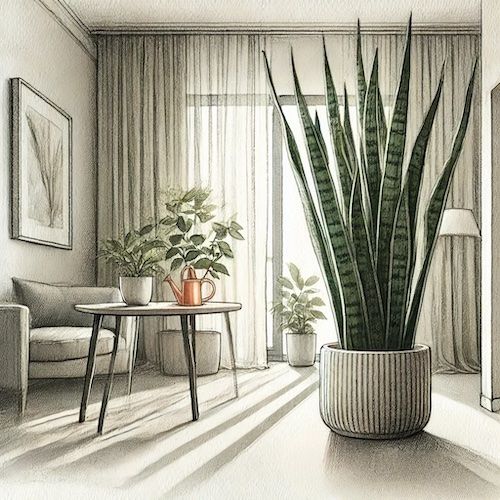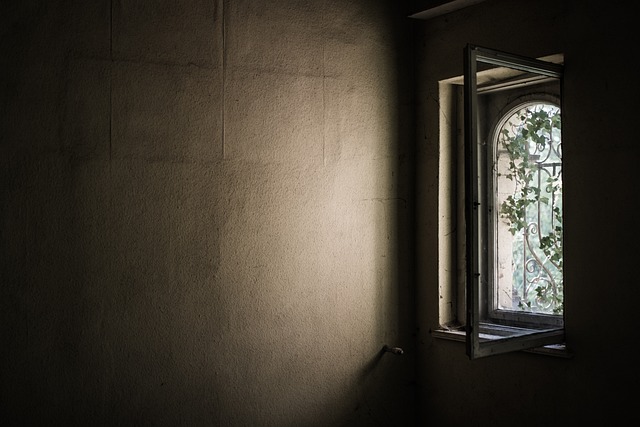
The Secret to Growing Healthy Indoor Plants in Low-Light Conditions
Introduction
Are you a plant loving urban/city dweller who craves greenery indoors but struggles with limited sunlight? Don’t worry, you’re not alone! Many of us face this challenge, especially in apartments or small homes where natural light is scarce. However, with the right knowledge and care, you can successfully cultivate thriving indoor plants even in low-light conditions.
In this guide, we’ll explore the secrets to growing healthy indoor plants in low-light environments. From selecting the perfect plants to mastering watering techniques and optimizing light sources, we’ll provide you with actionable tips to ensure your botanical companions not only survive but truly flourish.
Plant Selection
The first step to success in low-light gardening is choosing plants that are naturally adapted to shaded environments. These plants require less light to perform photosynthesis and can thrive in conditions where direct sunlight is minimal. Here are some popular options that are perfect for low-light spaces –
- Snake Plant (Sansevieria trifasciata) – Renowned for its durability and ability to tolerate neglect, the snake plant is an excellent choice for beginners. Its upright, sword-like leaves add a modern touch to any room, and it even helps purify the air.
- ZZ Plant (Zamioculcas zamiifolia) – This low-maintenance plant boasts glossy dark green leaves and can tolerate periods of drought. The ZZ plant is extremely resilient, making it ideal for those with a busy lifestyle.
- Peace Lily (Spathiphyllum) – Known for its elegant white blooms, the peace lily thrives in low-light conditions and adds a touch of sophistication to any space. It’s also great for improving indoor air quality.
- Boston Fern (Nephrolepis exaltata) – A cascading fern with delicate fronds, the Boston fern adds lush greenery to your home. It’s best suited for spaces with moderate humidity, like bathrooms.
- Cast Iron Plant (Aspidistra elatior) – This tough plant is nearly indestructible, capable of withstanding low light, neglect, and inconsistent watering. It’s a favorite for those with less-than-ideal lighting conditions.
- Pothos (Epipremnum aureum) – Often referred to as the “Devil’s Ivy,” Pothos is a trailing plant that tolerates low light extremely well. Its heart-shaped leaves can be found in various colors, including variegated varieties, adding versatility to your decor.
Light Requirements
Even though these plants tolerate low-light conditions, they still need some light to grow. Understanding light intensity and how to supplement it in darker rooms is key to ensuring your plants stay healthy –
- Natural Light – If possible, place your plants near a north-facing window where they’ll receive indirect sunlight. For rooms with no direct sunlight, a few hours of diffused light can still make a difference.
- Artificial Light – In very dim rooms, or for rooms without windows, consider using artificial light sources like grow lights. Full-spectrum LED grow lights are an excellent option because they mimic the natural light spectrum and promote healthy growth.
- Light Intensity – Avoid placing plants too close to windows where they might receive direct sunlight, as this can cause leaf burn. Low-light plants prefer diffused light, so use sheer curtains or blinds to filter the light when necessary.
Master Gardener Tip – Two for One today. Here are two tips for growing indoor plants:
Master Gardener Steve
1. Rotate your plants occasionally to ensure they grow evenly and avoid leaning toward the light source. 2. A moisture meter can be a great tool for beginners to accurately gauge when their plant needs watering, preventing over- or under-watering (most have a light gauge as well).
Watering Tips
Watering is a crucial element in plant care, especially in low-light conditions where plants tend to need less water due to slower evaporation and growth rates –
- Allow Soil to Dry – Before watering, check the soil moisture by sticking your finger about an inch deep into the soil. If it feels dry, it’s time to water. For most low-light plants, allowing the top layer of soil to dry out between waterings is essential.
- Avoid Overwatering – Overwatering is one of the most common mistakes in indoor gardening. Make sure your plant’s pot has drainage holes to prevent water from pooling at the bottom, which can lead to root rot.
- Use Room Temperature Water – Cold water can shock the roots, while lukewarm or room-temperature water helps maintain healthy root function.
- Humidity – Low-light plants often come from tropical environments and prefer higher humidity levels. Consider misting your plants or using a humidifier to create a more favorable environment.
Fertilizing
Low-light plants don’t require as much fertilizer as those grown in brighter conditions. However, a light feeding schedule will keep your plants healthy and promote steady growth –
- Use a balanced liquid fertilizer designed for houseplants, diluted to half strength. Fertilize about once every 4-6 weeks during the growing season (spring and summer) and reduce feeding in fall and winter when plant growth naturally slows down.
- Be cautious not to over-fertilize, as this can lead to a buildup of salts in the soil, which can harm the plant’s roots.
Common Problems and Solutions
Even with the best care, indoor plants in low-light conditions can sometimes encounter problems. Knowing how to spot these issues early will help you save your plants –
- Yellowing Leaves – This could be a sign of overwatering or underwatering. Check your watering schedule and adjust accordingly, ensuring the soil dries out between waterings.
- Leggy Growth – If your plant’s stems are becoming long and spindly, it’s a sign they aren’t getting enough light. Move the plant closer to a light source or supplement with artificial light.
- Pests – Common pests like aphids, mealybugs, and spider mites can still find their way indoors. Regularly inspect your plants and treat infestations promptly using insecticidal soap or neem oil.
- Root Rot – Overwatering in low-light conditions can lead to root rot, where the roots become waterlogged and begin to decay. If your plant looks wilted despite regular watering, check for soggy soil or foul odors, and reduce watering immediately.
Conclusion
Growing healthy indoor plants in low-light conditions is not only possible but can be incredibly rewarding. By selecting suitable plants, providing adequate light, and following proper care practices, you can create a thriving indoor oasis, no matter how dim your living space may be. Patience, persistence, and attentiveness are the keys to nurturing these plants into lush green companions.
With the right approach, even the shadiest corners of your home can be transformed into a living green sanctuary.
